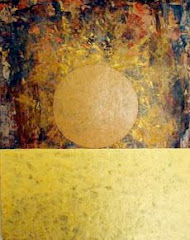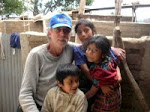You know, it's remarkable that these ovens are so easy to build, and it's also remarkable that you don't see more of them.
If you don't have money, but you do have a pile of old, red bricks, then you're well on your way. You can do the roof supports with angle iron, as illustrated, or as I have shown before, you might choose to make a simple brick arch.
These ovens will bake just as well as any other masonry oven, but I highly recommend that you insulate the oven, construct it at a decent baking height, and restrict the size of the oven opening. You don't want all that wonderful heat to escape.
I realize that long ago folks didn't insulate their ovens, and they certainly baked bread in them. However, with insulation, your oven will come up to temperature faster, bake better, and you'll far less fuel. That means less air pollution and less denuding of our precious forests.
Thanks to Stuart Wier for the PDF






